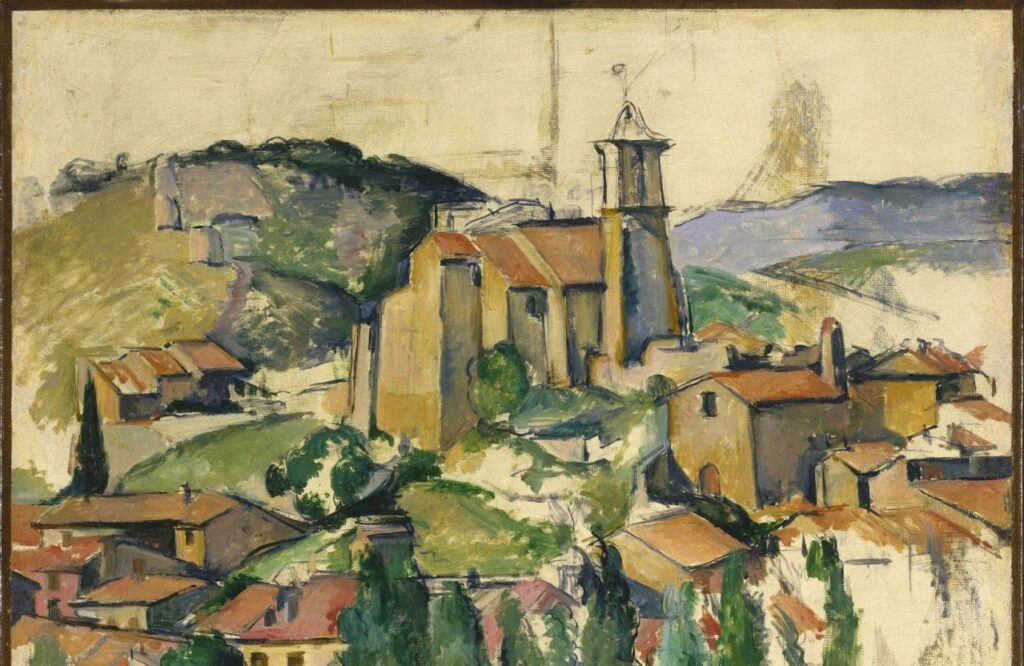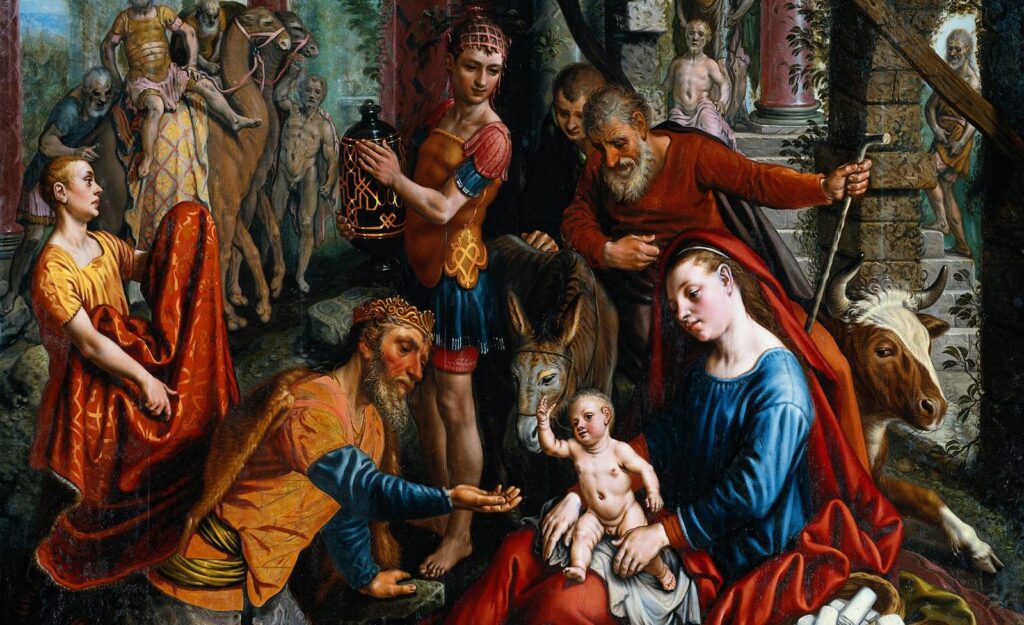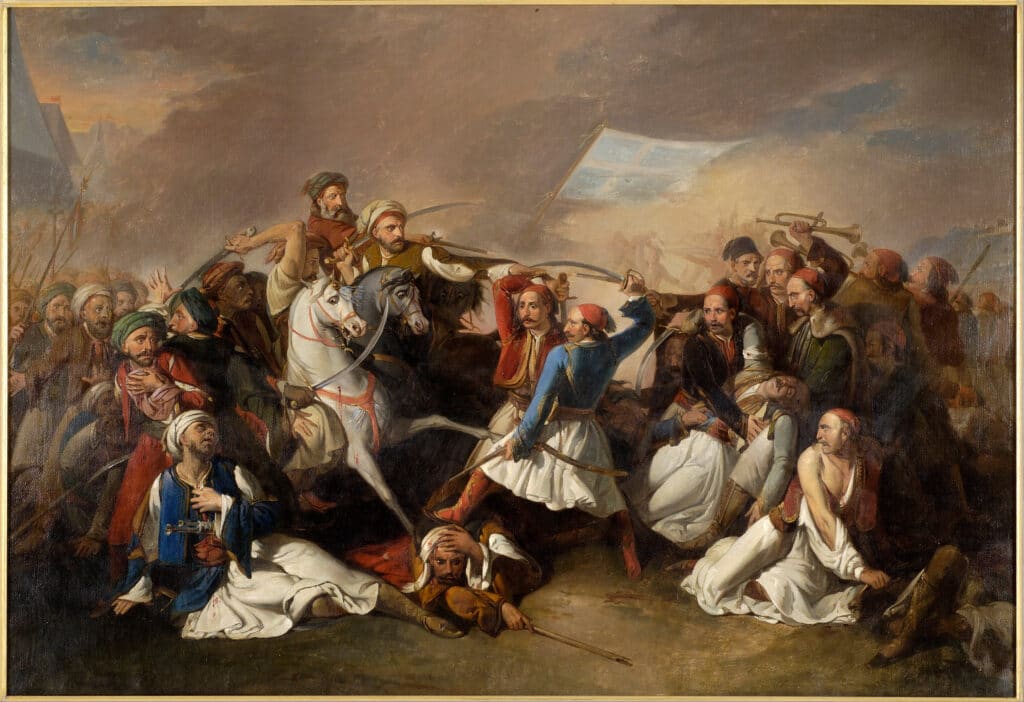
“Miss Prim and John Senior” by Tracey Leary
I read The Awakening of Miss Prim by Natalia Sanmartin Fenollera for the second time this summer. The first time I read this novel, I thought it was an enjoyable, Austenesque romance between opposite personalities in an idyllic setting, with a title character who experiences great personal growth and self-recognition. However, upon my second reading, I found myself fascinated with Fenollera’s vision, one that I was able to recognize this time because I also recently read another book: The Death of Christian Culture by John Senior. I realized that Fenollera was attempting to embody Senior’s ideas in a narrative form, and to communicate what it might look like for those ideas to be enfleshed in an actual community. She has said in a recent speech, “His imprint, the imprint of what he believed and taught, runs through my novel.” In particular, I found Fenollera’s interpretation of Senior’s ideas on the education of children to be worth closely examining.
John Senior wrote The Death of Christian Culture in 1978, and since then, other writers such as Rod Dreher in The Benedict Option and Anthony Esolen in Out of the Ashes have addressed the larger cultural issues now coming to fruition which Senior starkly outlined forty years ago and have articulated their own vision of how a community desiring to reclaim a practice more consistent with the beliefs of Christendom in the midst of the rapid paganization of our world might operate. Fenollera addresses many of these issues in her novel as well, and Rod Dreher has even called Miss Prim a novelization of his own book. In addition to this, in Fenollera’s imagined village of San Ireneo, Senior’s philosophy as it concerns the early education of children is for her a theme of prime importance. One of her main characters is the nameless Man in the Wing Chair, who we are told underwent a spiritual awakening after attending a seminar at the University of Kansas, a detail which Fenollera says is a “passing reference to Senior.” He is responsible for the raising and instruction of his four nieces and nephews, and Fenollera spends a good portion of the novel in describing how he undertakes this task.
One of John Senior’s foundational ideas of early education is that the reading of Good Books ought to precede the study of Great Books. He says, “Taking all that was best in the Greco-Roman world into itself, Western tradition has given us the thousand good books as a preparation for the great ones—and for all studies in the arts and sciences. Without them all studies are inhumane.” Senior explains that the reason for this is to replenish the cultural soil in order that students in Great Books programs such as the one he himself developed at Kansas may “grow up like an undernourished plant suddenly fertilized and watered.” The Man in the Wing Chair likewise insists that his small charges read Good Books first. He says to Miss Prim, “I’ve carefully chosen not only which books but when and how they become part of my nieces’ and nephews’ existence. . . . They’re being brought up with good books so that later they can absorb great books.” Senior has included in The Death of Christian Culture an appendix entitled “The Thousand Good Books,” which lists the books that in his opinion are most appropriate for certain ages, and he has categorized them into those for The Nursery (ages 2-7), School Days (ages 7-12), Adolescence (ages 12-16), and Youth (ages 16-20). The Man in the Wing Chair appears to have paid close attention to this list in curating his own for his children, as he says, “It’s no coincidence that they read Lewis Carroll before Dickens, and Dickens before Homer.” John Senior places Lewis Carroll on the Nursery list, Dickens beginning on the School Days list and extending various of his works through the Adolescence list and to the Youth list, and Homer, who does not appear on any of these Appendix lists, must of course be considered as one of the Great Books to be studied after the Good Books have been absorbed.
Ironically, one of the many disagreements between Miss Prim and the Man in the Wing Chair is over whether Little Women ought to have a place in his nieces’ early education. Miss Prim insists that every girl ought to visit “that little corner of Concord” before her education is complete, arguing that the book teaches “beauty, delicacy, security” and that when adult life becomes difficult, “they will always be able to look back and take refuge for a few hours in that familiar sentimental story.” It is the sentimentality to which she refers with which The Man in the Wing Chair takes issue. He declares that although he hasn’t read it himself, he believes Little Women to be a “prissy, syrupy book” full of “cloying sentimentality.” Their disagreement is in part a matter of the defining of terms, as the Man in the Wing Chair later distinguishes between sentiment and sentimentality, saying, “Sentimentality is a pathology of the mind, or of the emotions, if you like, which swell up, outgrow their proper place, go crazy, obscure judgment.” In this line of argument, The Man in the Wing Chair again follows John Senior, who in decrying the effect of sentimentality in religion quotes Cardinal Newman in saying, “There is in the literary world just now an affectation of calling religion a ‘sentiment’ . . . It is not a religion of persons and things, of acts of faith and of direct devotion; but of sacred scenes and pious sentiments.” Senior believed this sentiment to have become dangerous since “What had been a mere slipshod sentimentality . . . was formulated and defined as the established religion of England and America a century later and called Liberalism. Its theologians and philosophers count among them some of the most famous men and women of letters in the nineteenth century: John Stuart Mill, George Eliot, Herbert Spencer, Matthew Arnold” and apparently for The Man in the Wing Chair, the Alcotts. This inherent Liberalism, however, does not preclude John Senior giving a place to some of these books in his Thousand Great Books list. George Eliot’s works, at least, can be found on the list for Adolescents. Similarly, the Man in the Wing Chair does finally agree, after reading the book himself, that Little Women has enough merit to give the book a place in the girls’ education, if not the boys. Perhaps he also stole a glance at John Senior’s list and discovered that it does in fact include all of Louisa May Alcott’s works there as well.
Another of the main tenets of Senior’s ideas on youth education is the early introduction of Greek and Latin. He believes that “the reforming of education, which must begin with the study of the classics, will be sterile and meaningless without a return to the animating principle of our civilization.” He decries the removal of Greek and Latin literature from the schools at any level except that of the collegiate specialist and says that without this classical foundation, it is impossible to truly understand any literature, no matter what language. He goes on to say, “We read English in translation because we have lost all reference to anything. Not only outside the words we use by reference to history of other literatures, but even inside the words themselves . . .” How should this idea be practically applied? Senior is very specific: “Anyone who cares seriously about education will simply unplug the television set, burn most of his ‘Modern Library,’ learn at least some Latin and a little Greek, read the best vernacular literature . . . The shameful state of culture can be improved as soon as we want to improve it . . .” In accordance with this belief, the Man in the Wing Chair begins his instruction of the Classical languages in the earliest years of education. “He is teaching them Greek, Latin, and some Aramaic, the latter more for sentimental than academic reasons . . .” Miss Prim’s earliest encounter with the Man in the Wing Chair interrupts a lesson in which he is reading lines of Latin poetry and asking the children to identify the author, which turns out to be Virgil. They can’t quite place the lines from the fourth Eclogue, but readily respond correctly to the “easier” lines from the Aeneid.
Underlying both these emphases in the education of the children is the indispensable foundation of Christian faith. Senior unequivocally states, “If God is Christ, and Christ is truth, then truth is a Person to be believed in, not an idea.” The Man in the Wing Chair prioritizes above all the instruction of his children in the Christian faith. He and the children attend daily mass at the nearby Benedictine abbey, the presence of which seems to have been his initial draw to San Ireneo. He doesn’t only take the children to be instructed in the faith by the church, however. Miss Prim briefly has this mistaken belief when one of the children, Teseris, tells her that her favorite fairy tale is the Redemption. She is aghast to think that the Man in the Wing Chair “hadn’t succeeded in instilling even the most basic rudiments of the faith that was so important to him. . . . How could this be? All those morning walks to the abbey, all that reading of theology, all that ancient liturgy, . . . and what had he achieved? Four children convinced that the texts he so loved were just fairy tales.” She quickly realizes her error when Teseris goes on to explain, “The Redemption is nothing like a fairy tale, Miss Prim. Fairy tales and ancient legends are like the Redemption. Haven’t you ever noticed?”
The Awakening of Miss Prim contains many other examples of the instruction of the children in accordance with Senior’s explicit directions for fertilizing the cultural soil. He states, “The next time my colleague the chemist says his students cannot read and write, I shall say, ‘You teach him Latin and Greek, the Bible, Classical history, something of the medieval world and the history of modern Europe through World War II–and then I’ll teach him to read and write!” (Senior 2008, 94). We are told in the novel that in addition to their study of Greek, Latin, and the tenets of the Christian faith, the children of San Ireneo also stage productions of Antigone, learn medieval staff fighting along with the principles of chivalry that govern such contests, and regularly travel across Europe to see for themselves the great art and architecture of past ages. It is clear that as the children mature, the Man in the Wing Chair intends to extend their education as depicted by Senior in his description of the famous medieval picture which has a schoolboy entering a tower on the ground floor, which contains a book by the Latin grammarian Donatus, and ascending to Aristotle’s Logic, and then Cicero’s Rhetoric, beyond that to the higher stories of the quadrivium, and then even further to the study of philosophy, metaphysics, and finally theology. (Senior 2008, 99). At the end of the novel, we see Miss Prim contemplating a newspaper advertisement placed by the Man in the Wing Chair for a “heterodox teacher for an unorthodox school, able to teach the trivium–Greek and Latin grammar, rhetoric, and logic–to children aged six to eleven.”
In the midst of the wealth of learning that occurs in this book, both academic and otherwise, one notable absence is any use of technology. None of the inhabitants of San Ireneo seem to use iphones, email, or any sort of video content. Of course, all of the characters are either primary school-aged children or adults, without exception. In Fenollera’s imaginary world, almost all of the educational needs of the children can be met by the adults in the community and when a need arises, ads are placed in newspapers in large cities to fill those positions. All correspondence is carried on through traditional mail. This seems to be in accord with Senior’s injunction to “unplug the television set.” Practically speaking, however, as students mature, it becomes less likely that a small community can provide for all of their educational needs. Had Fenollera included older students or young adults in her community, it might have been more difficult to omit all technology from her world, which does appear to be set in the present day. As Senior himself says, “That you cannot turn back the clock is no answer at all to the question of what time it is.”
One possible criticism of Fenollera’s book is that she does seem to answer the question by trying to turn back the clock. As much as her vision of reverting to a simpler time has great value, we must live in the world as it is, not as we would like it to be. It would be fascinating to see a follow-up to this novel which carries the attempt to answer the question of reclaiming culture through education into the years when it is a little trickier to do so without incorporating technology, which can be of great value in providing educational opportunities for students who either cannot travel to great teaching or whose resources are limited in the community in which they live, while balancing and preserving the character of the town which she has so beautifully created. In our culturally impoverished day, there are not many teachers who can lead students through those upper levels of the quadrivium and the higher sciences that lie at the top of the medieval tower that Senior pictures, and technology can provide an invaluable resource for students who want to ascend that tower as far as possible. The novel ends ambiguously, but it seems that Miss Prim, who has left San Ireneo, will return to help further this project. I hope she does, and that we are given the privilege of watching her do it.
This is an Altum essay. It was first published in The Consortium: A Journal of Classical Christian Education.
Tracey Leary develops and teaches online courses in the integrated humanities with Kepler Education. She lives in Alabama with her husband and three teenage boys and has been involved in education for more than twenty years, with experience in both traditional classrooms and homeschooling. She holds a Masters degree in Education from Auburn University at Montgomery.
Note: Contributors to Altum share their own thoughts and do not represent ClassicalU.com or Classical Academic Press. If you are interested in writing for Altum, please complete the form at the bottom of our landing page.








Responses